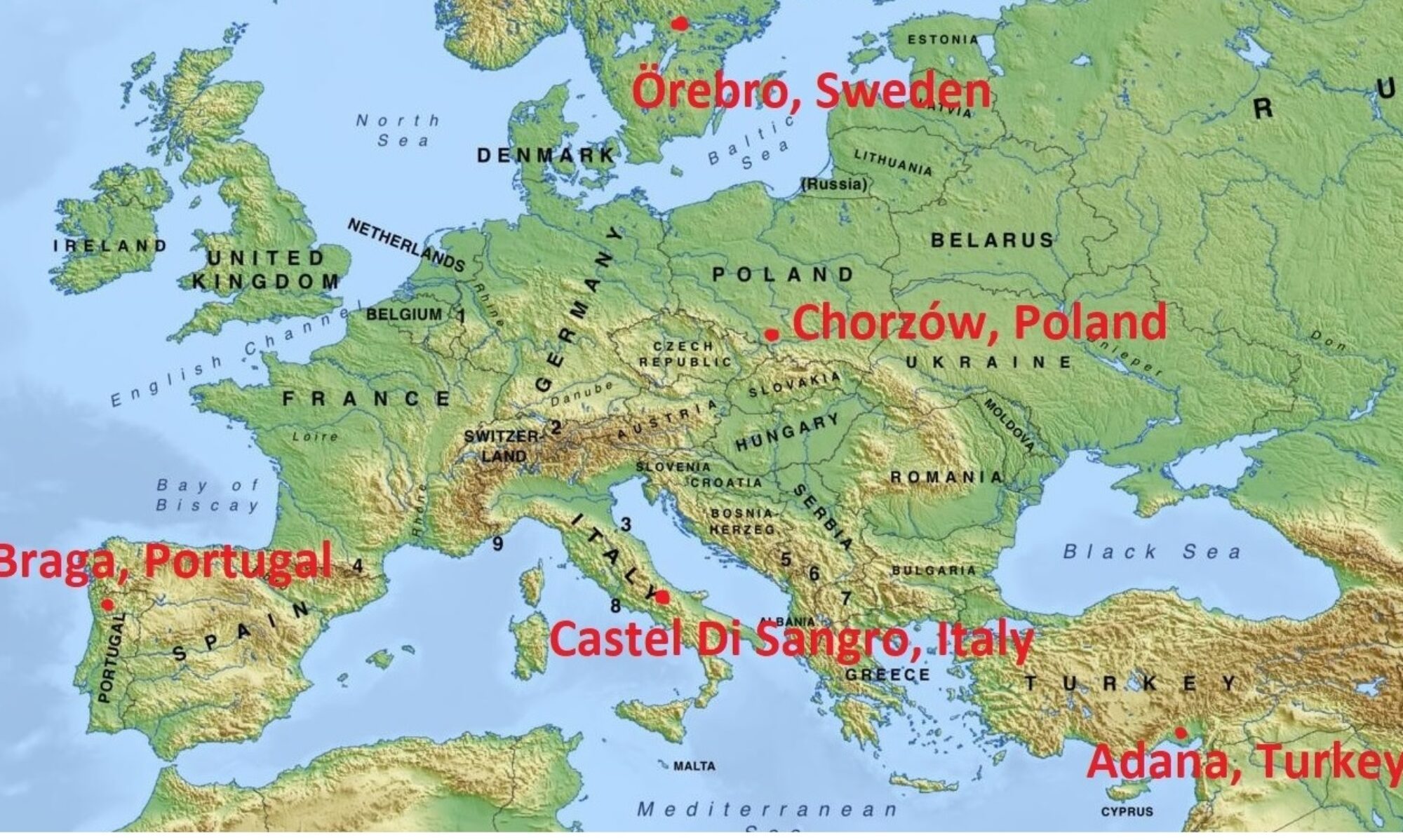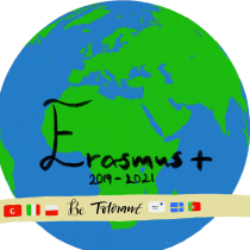Method
Our aim was to use ICT combined with the Five Factor Model to get a more innovative approach for us to reach our goals. This model tackles 5 dimensions of personality and we want to work with activities that help our students face these 5 dimensions.
- Openness to experience – Our students were encouraged to express themselves through Art. We have created movies, a digital photo exhibition, and used art to express ourselves during the Festival of Tolerance and Mutual Understanding.
- Extraversion – We used team-building activities, sports games, and board games to stimulate the students’ assertiveness, sociability, and personality.
- Conscientiousness – Our students work with planning their activities and working towards a goal which helps them improve their self-discipline.
- Agreeableness – Working in international teams, and creating products together helps our students develop useful cooperation skills. The tangible products we have created are bookmarks, flashcards, dictionaries, and thematic puzzles.
- Neuroticism – Working with theater and making films helped our students face unpleasant emotions like anger, frustration, sadness, and vulnerability.
Evaluation
We evaluated on a regular basis. These were in the form of discussions or paper/online evaluations. Example of an LTT evaluation.
Conclusions from the monitoring and evaluation
• in partner schools, conditions were created to undertake various activities of students in order to carry out project tasks during compulsory educational activities as well as optional ones, which influenced the comprehensive development of students
• a very large part of the school community was involved in the implementation of project activities and its dissemination, and thus in activities ensuring the sustainability of the project in the future
• all the assumed goals of the project have been achieved
• all mobilities were carried out (virtual and stationary)
• all the results and outputs identified at the application stage
• the quality of the outputs and results obtained shows the enormous workload of students and teachers
• the quality and effectiveness of the lectures and workshops conducted were assessed very positively by the project participants
• participants highly appreciate their participation in the project as particularly useful and interesting
• a very large increase in tolerance and openness to foreigners and other cultures was observed among students participating in the project, thus promoting diversity among the school and local communities
• development of creativity and aesthetic taste
• significant improvement in language skills
• increasing digital competencies among students and teachers through the use of new computer programs (e.g. Canva, Prezi)
• increasing and strengthening the prestige of partner schools
• increasing teachers ‘management skills by coordinating students’ activities and supervising the proper implementation of the project
• development of teamwork skills
• the funding received was sufficient to fully implement the project assumptions
As a result of the monitoring activity, it can be concluded that the project has been fully implemented, all project objectives have been achieved, and the previously planned activities have been completed.

